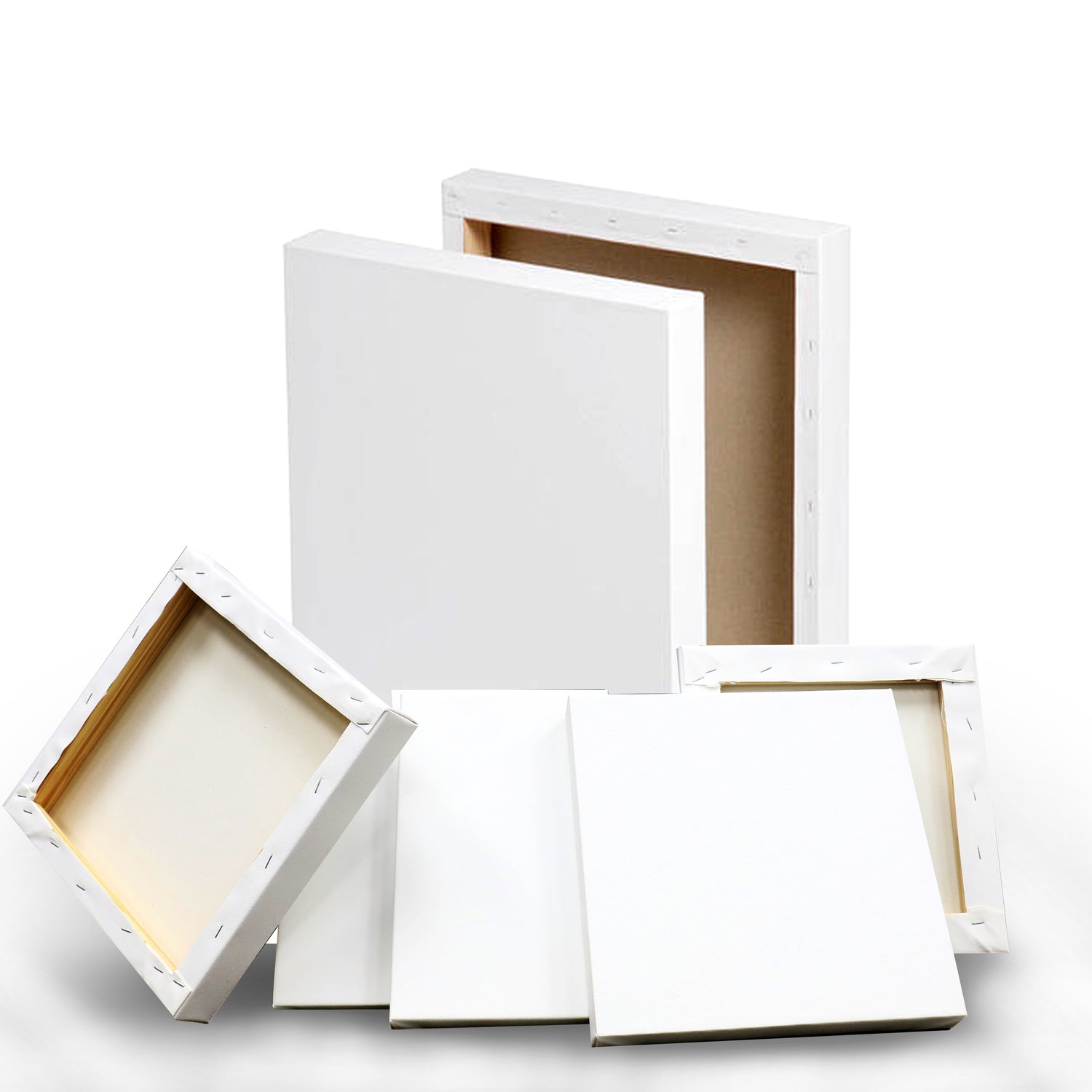As any traditional artist knows, Oil paints have been used for centuries and remains a popular painting medium known for its versatility and durability. They are typically made by mixing pigments with linseed oil, which acts like a binder and holds the pigment particles together to allow it to adhere to a surface.
Known for their rich vibrant colors, oil paints take longer to dry and require more careful handling to prevent yellowing and cracking. Below are a few tips to consider when using oil paint for the first time:
-
Prepare your canvas properly: Gesso is an essential primer that provides a smooth, absorbent surface for the paint. Apply two to three coats of gesso and let it dry completely before painting. Note: Some blank canvases come primed and ready to paint on, but it is ultimately your choice to prime you canvas based on your painting needs.
-
Use quality materials: It is best to invest in quality oil paints, brushes, and canvases as they will make a significant difference in the outcome and durability of your painting.
-
Mix your paint: Mix your oil paints on a palette to get the right color and consistency. Avoid mixing too much oil into your paint, as it can cause the paint to take a longer time than usual to dry.
-
Start with thin layers: Apply thin layers of paint to the canvas to build up the image. This helps to avoid cracking and allows for better control over the painting.
-
Use different brush strokes: Try to use different brush strokes to create different textures in your painting. For example: use long, smooth strokes for blending and short, choppy strokes for texture. Sponges can also be used to create different textures in your painting.
-
Let it dry: Oil paint takes time to dry, so be patient and let your painting dry completely before adding additional layers of paint.
-
Clean your brushes: Clean your brushes with turpentine or mineral spirits after each painting session. This will help to keep your brushes in good condition and prevent the paint from drying on the bristles.
-
Store your painting properly: Once your painting is dry, store it properly by framing it or storing it in a dry, cool place. This will help to prevent any damage or deterioration to your painting over time.
In our next article, we'll discuss how to frame your canvas painting. Stay tuned!


